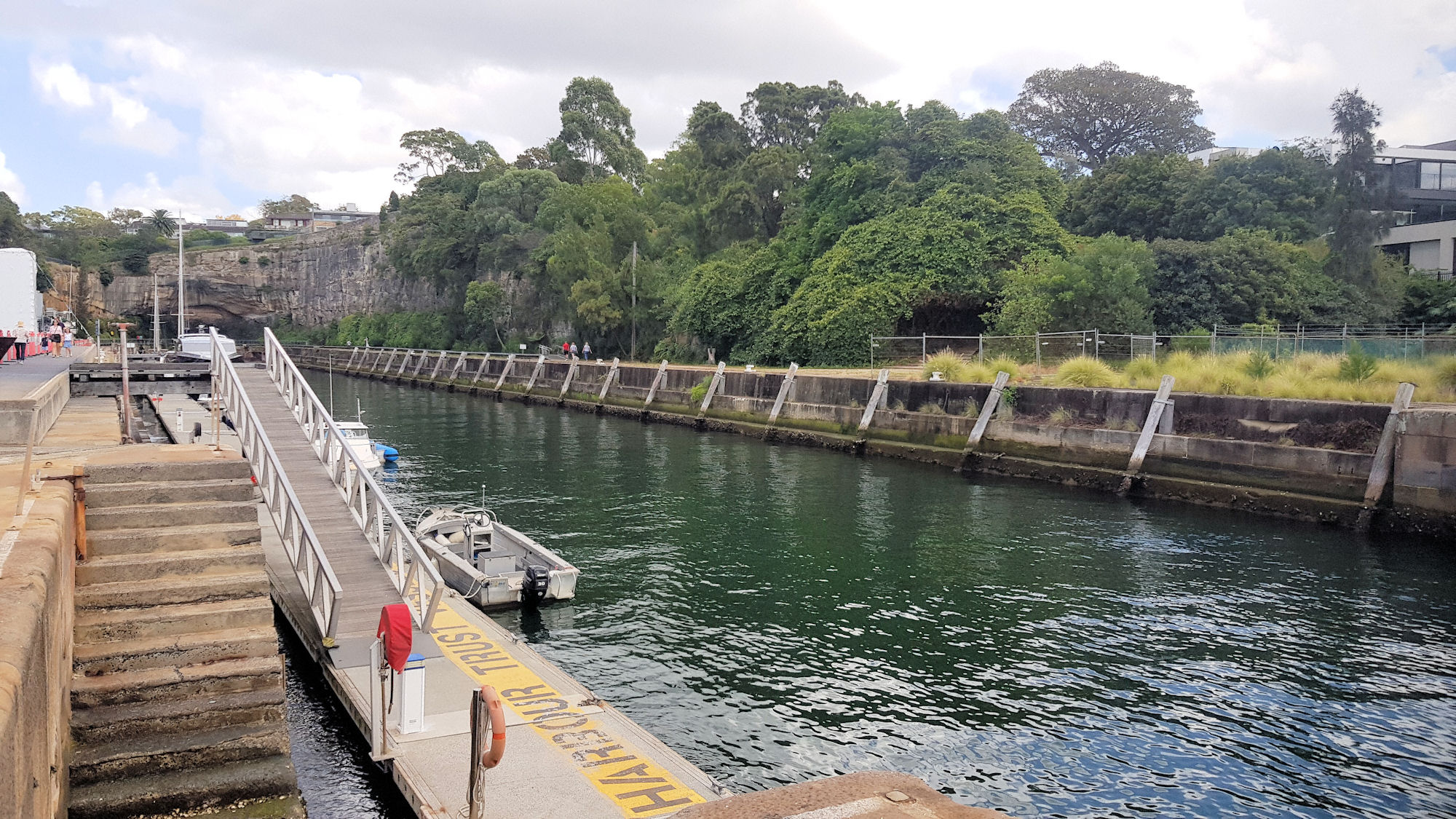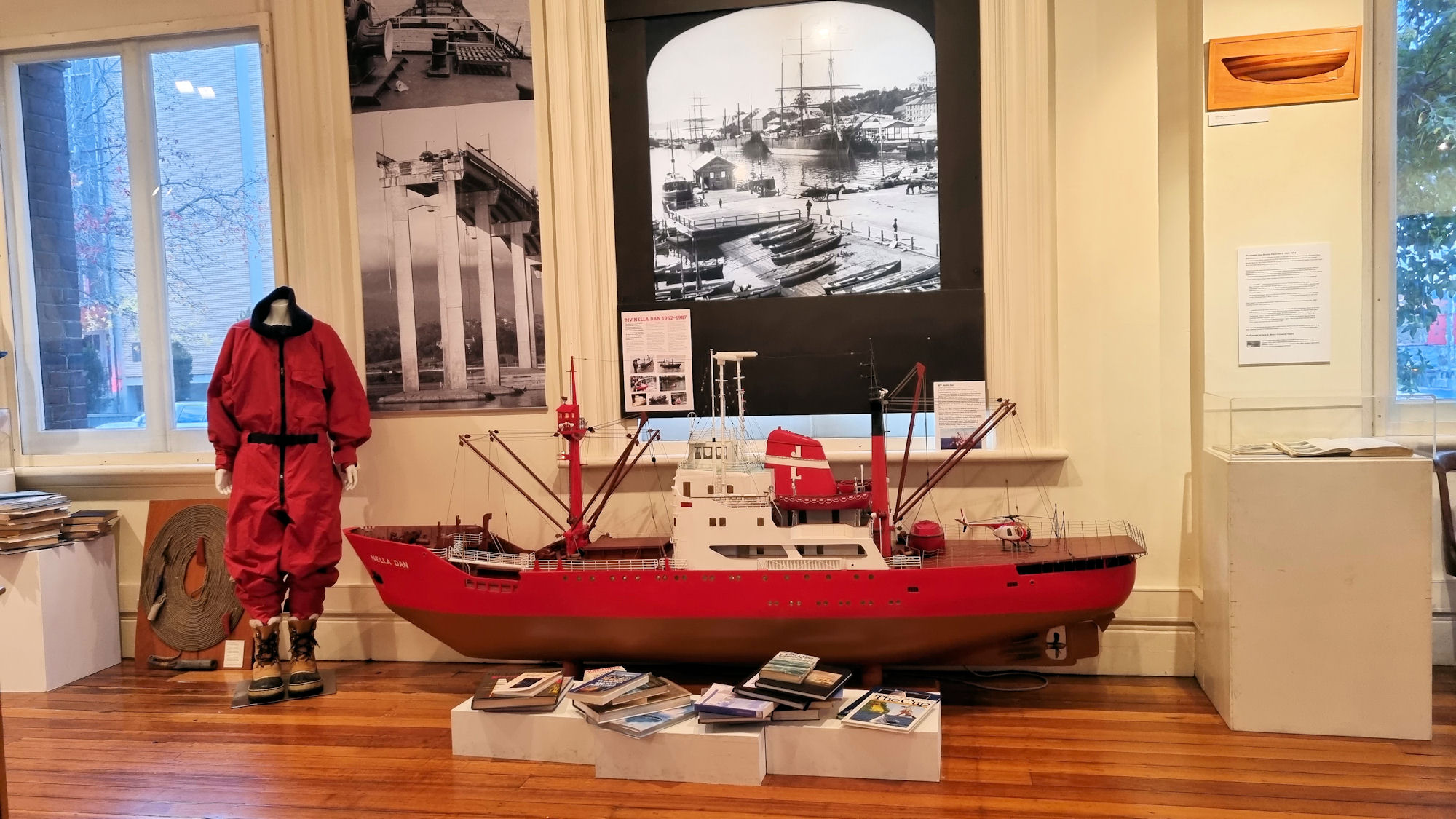Tag: Ships
-
Mid-North Coast Maritime Museum

Mid-North Coast Maritime Museum Preserving Port Macquarie’s maritime history, the Mid-North Coast Maritime Museum occupies two old Pilot Cottages dating from the 1890s. Originally used to house the pilot and the boatmen who assisted him but now repurposed into a museum. Getting There Located in Port Macquarie on the NSW mid-north coast at 6 William… Read more
-
Woolwich Dock on Sydney Harbour

Woolwich Dock Originally the largest dry dock in Australia when completed in 1910, Woolwich Dock is now a reminder of the past. Owned by the Sydney Harbour Federation Trust, the dock is well maintained and access is free. Getting There Only a ten-minute walk from Woolwich Wharf, Woolwich Dock was once a bustling shipyard, but… Read more
